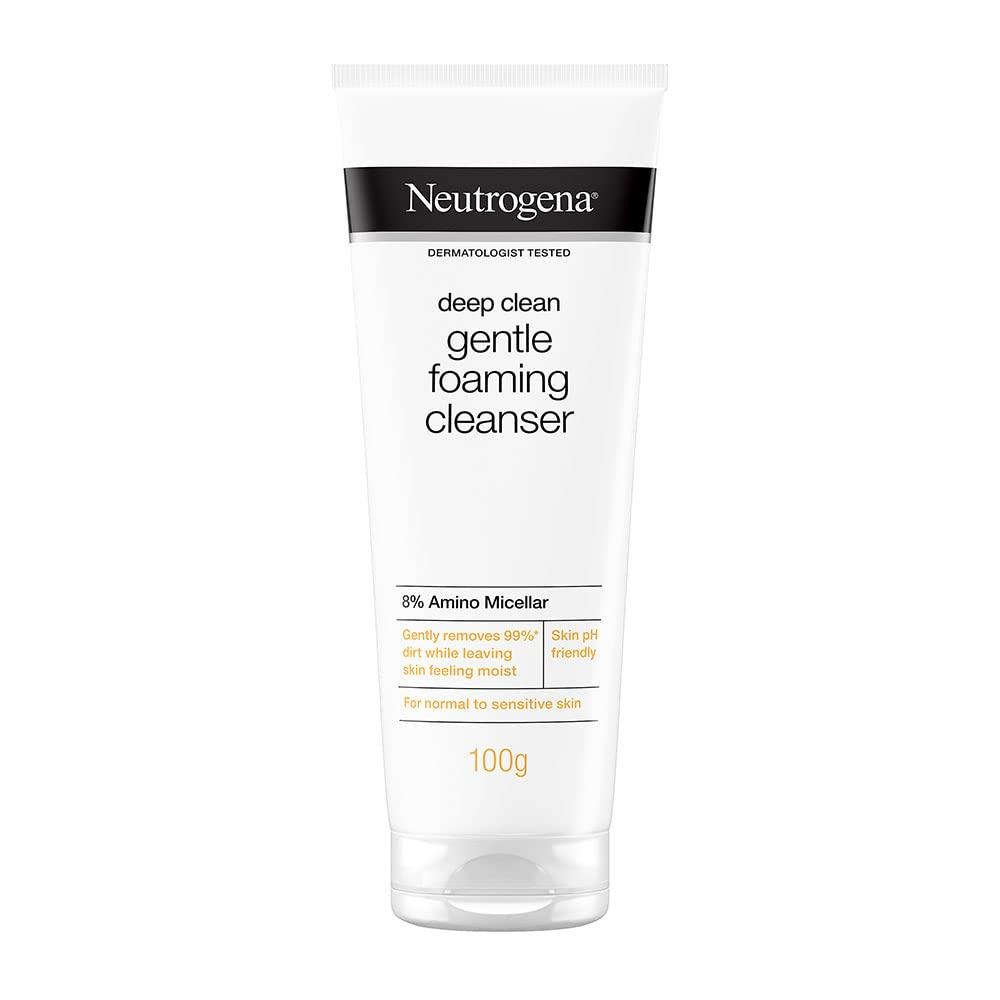Maintaining a pristine kitchen goes beyond the routine tasks of wiping counters and sweeping floors; it requires a thorough deep cleaning to preserve the space where meals are prepared and enjoyed. A well-cleaned kitchen not only promotes hygiene but also enhances the overall ambiance, making it a more inviting place for family and friends. In this detailed step-by-step guide, we will explore the essential techniques and best practices for conducting a comprehensive deep clean of your kitchen. From degreasing the stovetop to sanitizing the fridge, each task serves a specific purpose in eliminating dirt and bacteria while ensuring that your culinary haven is sparkling and safe. Whether you’re gearing up for a seasonal cleaning or simply seeking to refresh your home, this guide will equip you with the knowledge and confidence needed to tackle every nook and cranny of your kitchen effectively. Prepare to discover the transformative power of a deep clean and elevate your cooking space to new standards of cleanliness and order.
Table of Contents
- Essential Preparation for a Successful Deep Clean
- Effective Techniques for Scrubbing and Sanitizing Surfaces
- Optimizing Storage and Organization during Deep Cleaning
- Natural Cleaning Solutions and Their Benefits for the Kitchen
- Wrapping Up
Essential Preparation for a Successful Deep Clean

Preparing for a deep clean involves several important steps that will set the stage for an effective and efficient cleaning process. Begin by gathering all necessary supplies to avoid interruptions during your cleaning spree. This includes cleaning products such as all-purpose cleaners, degreasers, and disinfectants, as well as tools like sponges, scrub brushes, microfiber cloths, and a vacuum. It’s also beneficial to have protective gear on hand, including gloves and masks, to safeguard yourself from harsh chemicals and dust. Additionally, consider placing labels on containers and organizing your cleaning caddy to streamline the process.
Next, assess your kitchen space to identify specific areas that need attention. Create a checklist to ensure you cover all critical aspects of the deep clean. Focus on the following areas: appliances, including the oven, refrigerator, and microwave; countertops and surfaces, which often harbor grime; and cabinets and drawers, where crumbs and spills can accumulate unnoticed. Don’t forget to include areas often overlooked, such as behind and beneath appliances and light fixtures. A thorough plan will not only help you stay organized but also provide a sense of accomplishment as you tackle each task systematically.
Effective Techniques for Scrubbing and Sanitizing Surfaces

Maintaining cleanliness in your kitchen is crucial not only for aesthetics but also for health safety. Start by gathering your supplies, ensuring you have the right tools to effectively scrub and sanitize. Essential tools include:
- Microfiber cloths or sponges
- Scrub brushes with stiff bristles
- Non-toxic all-purpose cleaner or a mixture of vinegar and baking soda
- Sanitizing solution such as diluted bleach or hydrogen peroxide
For scrubbing, tackle the toughest spots first. Apply your chosen cleaner and allow it to sit for a few minutes to break down grime. Then, using your scrub brush, focus on high-touch surfaces like countertops, cutting boards, and stove knobs. Once scrubbed, rinse with hot water and follow with a sanitizing solution to eliminate bacteria. Remember, it’s essential to:
- Change your cleaning cloths regularly to avoid redistributing dirt
- Sanitize surfaces after preparing raw foods
- Pay special attention to corners and crevices where grime may accumulate
Additionally, consider using a simple table to track your cleaning schedule and ensure all areas receive attention:
| Area | Frequency |
|---|---|
| Countertops | Daily |
| Stovetop | After each use |
| Sinks | Daily |
| Cabinet Handles | Weekly |
Optimizing Storage and Organization during Deep Cleaning
To create an efficient and functional kitchen space, an essential part of deep cleaning involves optimizing your storage and organization. Start by emptying out all cabinets and drawers; this allows you to assess what items you truly need versus what can be discarded. Categorize your kitchen items into groups such as cookware, utensils, pantry items, and cleaning supplies. Once categorized, consider utilizing storage solutions such as stackable containers, drawer dividers, and shelf risers. This will help maximize your space and keep items easily accessible. Remember to label containers and shelves according to their contents to simplify future organization.
After decluttering and categorizing, it’s time to rethink how you arrange your kitchen essentials. Place frequently used items at eye level and less commonly used items in higher or lower spaces. For example, place pots and pans near the stove for convenience and keep heavy items, like blenders or mixers, on lower shelves to prevent strain. You might also consider creating a simple table for adding a personal touch to your kitchen while maintaining organization. Here’s a sample layout of storage solutions:
| Storage Solution | Best For | Benefits |
|---|---|---|
| Stackable Containers | Dry Goods | Maximizes vertical space |
| Drawer Dividers | Utensils & Gadgets | Keeps items neat and visible |
| Shelf Risers | Canned Goods & Jars | Improves accessibility |
Natural Cleaning Solutions and Their Benefits for the Kitchen
Utilizing natural cleaning solutions in your kitchen can lead to a safer and healthier cooking environment. Common ingredients such as vinegar, baking soda, and lemon juice not only effectively cut through grease and grime but also reduce exposure to harmful chemicals often found in commercial cleaners. These natural alternatives possess antimicrobial properties, ensuring your surfaces are not just clean but sanitized. When considering the impact on the environment, opting for natural solutions contributes to a lower carbon footprint and minimizes water pollution compared to synthetic cleaners.
The benefits of employing these eco-friendly cleaning agents extend beyond mere surface cleaning. For example, vinegar can dissolve mineral deposits while neutralizing odors, making it perfect for cleaning sinks and countertops. Similarly, baking soda’s gentle abrasiveness makes it ideal for scrubbing without scratching delicate surfaces. Lemon juice, with its fresh scent, can help brighten and sanitize cutting boards and appliances. Incorporating these solutions into your cleaning regimen not only promotes a more sustainable lifestyle but also enhances your overall kitchen hygiene.
Wrapping Up
achieving a thoroughly deep-cleaned kitchen is not merely a task to be checked off your list; it is an essential practice that enhances both the hygiene and functionality of one of the most utilized spaces in your home. With the step-by-step guide outlined above, you can approach deep cleaning with confidence, ensuring that no surface is overlooked and that every corner sparkles with freshness. Every cleaning session not only contributes to a more pleasant cooking and dining experience but also promotes better health for you and your family by minimizing potential allergens and contaminants.
By setting aside a dedicated time for deep cleaning and following the systematic approach provided, you will create an inviting and safe environment that can inspire culinary creativity. Remember, a clean kitchen is more than just aesthetics; it’s a foundation for nourishment and well-being. As you embark on your deep cleaning journey, consider it an opportunity to reassess your kitchen’s organization and functionality, setting the stage for meal preparation that is both efficient and enjoyable. With these strategies in hand, you are well-equipped to transform your kitchen into a sparkling haven that serves you well for years to come.



